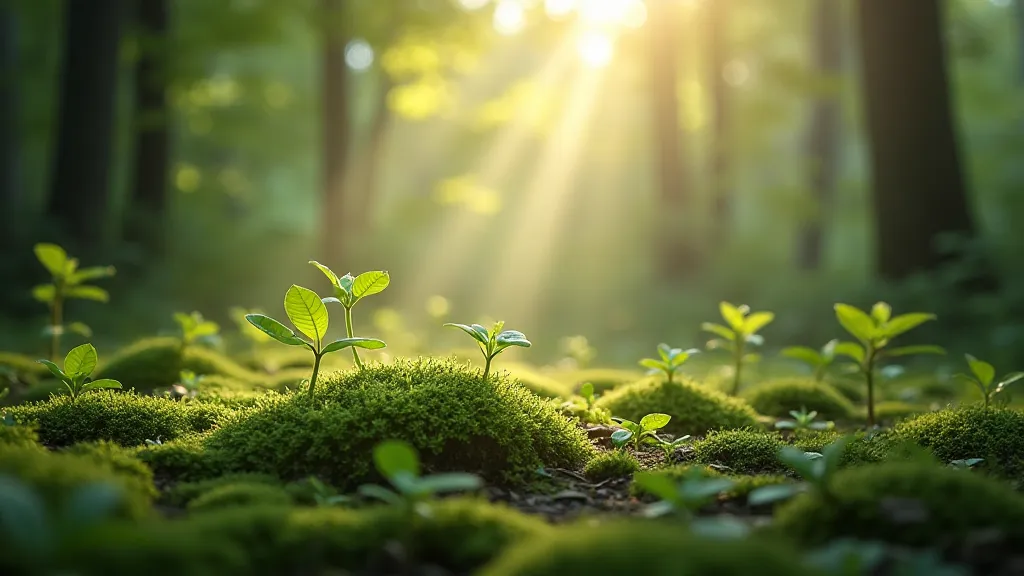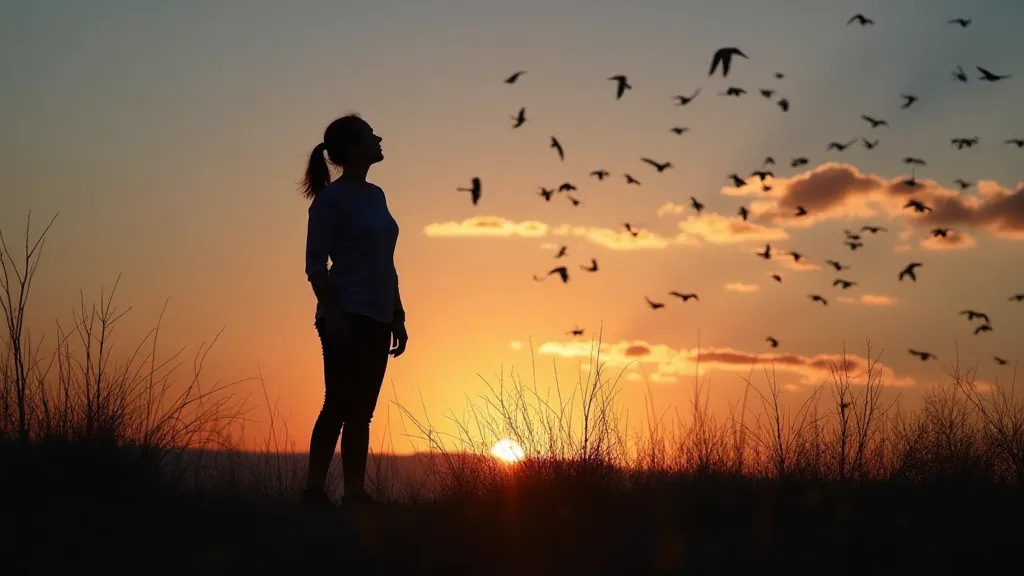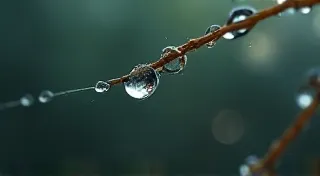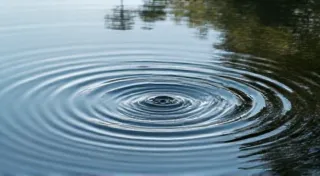The Echo of Wings: Birdsong and the Resonance of Lost Places
There's a certain melancholy that settles over a place when the birds are quiet. It’s not merely the absence of cheerful melodies; it’s a deeper sense of something missing, a vital thread unraveling from the fabric of the environment. We often think of birdwatching as a purely joyful pursuit – a hobby focused on identifying species and marveling at their beauty. But, increasingly, it's becoming something more: a sensitive act of listening, an attempt to gauge the health of the landscapes we inhabit, and a mournful recognition of what we risk losing.
My grandfather, a taciturn man of few words, possessed an almost uncanny ability to discern the condition of a forest simply by listening to its birds. He wasn’t a trained ornithologist; he was a farmer, a man tethered to the rhythm of the seasons. Yet, he could tell you, by the density and variety of birdsong, whether a woodland was thriving or struggling. "The birds," he's often said, "they know things we don't. They feel the changes before we do." And he was right. The silence of a once vibrant wood is a heartbreaking testament to habitat loss, fragmentation, and the relentless pressure of human activity.

The Acoustic Markers of a Changing World
Birdsong, we’re beginning to understand, is more than just a beautiful noise. It's an acoustic marker, a vital signal of ecological health. The complexity and richness of a bird's vocalizations are directly linked to the quality and extent of its habitat. A healthy ecosystem supports a greater diversity of bird species, and each species has its unique song. The sheer variety of sounds is an indication of a functioning food web, clean water, and diverse plant life. When these conditions degrade, the songs diminish. Certain species vanish, their calls silenced, leaving behind a void that speaks volumes about the underlying environmental distress.
Consider the impact of habitat fragmentation. As forests are broken up into smaller parcels, birds become isolated, their ability to find mates and resources declines, and their songs become muted reflections of what they once were. Noise pollution from roads and development further complicates the picture, masking the subtle signals birds rely on for communication and navigation. The silence that follows isn't simply the absence of song; it's a symptom of a deeper ecological imbalance.
Lost Voices, Lingering Memories
The sounds of the past echo in my memory—the insistent trill of a meadowlark in a vast, unbroken prairie, the resonant hoot of an owl in a dense, old-growth forest. These are sounds that are becoming increasingly rare, relegated to old photographs and fading recollections. My grandfather used to tell stories of a nearby swamp, once teeming with waterfowl and vibrant with birdsong. Now, the swamp is a shadow of its former self, choked by invasive species and drained for agricultural expansion. The birds, once abundant, are now mere whispers in the wind. It's a loss that resonates deeply, a tangible reminder of the fleeting nature of wild places.
The loss isn's always about grand landscapes. Even a small, local park can suffer a decline. I remember a small patch of woodland near my childhood home – a haven for warblers, thrushes, and vireos. A new housing development went up nearby, and the birds, once a constant presence, began to disappear. Their songs were gradually swallowed by the sounds of traffic and construction. The silence was not just an absence of sound; it was a loss of connection, a severing of a vital link to the natural world.

Capturing the Loss: A Call to Action
The act of listening, of truly paying attention to the sounds of the natural world, can be a powerful form of advocacy. By documenting the changes we observe – the decline in bird populations, the shifting patterns of birdsong – we can raise awareness and inspire action. Poetry and prose offer particularly effective mediums for conveying the emotional weight of these losses. Imagine trying to describe the beauty of a meadowlark’s song, then explaining how its absence leaves a hole in the landscape – it’s a potent combination.
My grandfather wasn’t writing poetry, but his observations were a form of storytelling, a way of connecting people to the land. He instilled in me a deep respect for the natural world and a sense of responsibility to protect it. He recognized that listening isn’t enough; we need to act. We need to support conservation efforts, advocate for sustainable development, and create spaces where birds – and all wildlife – can thrive.
The Craftsmanship of Nature, the Preservation of Sound
There's a parallel I often draw between the decline of natural sounds and the dwindling art of craftsmanship. Consider antique accordions – complex instruments built with painstaking attention to detail, each component meticulously crafted to produce a specific tone. They are the products of a dedication to precision and artistry that seems increasingly rare in our age of mass production. Just as an accordion's tone relies on the careful interaction of its parts, the richness of a landscape depends on the intricate relationships between its elements. When a component fails, the whole instrument suffers. Similarly, when a link in the ecological chain is broken, the entire system weakens.
Restoring damaged ecosystems is a challenging but essential task. It requires a holistic approach, addressing the root causes of degradation and promoting biodiversity. It also demands a willingness to listen, to learn from the wisdom of those who have long been attuned to the rhythms of the natural world – people like my grandfather, who understood that the silence of the birds is a warning signal, a call to action.

The echo of wings—the resonance of lost places—is a lament for what has been lost, but also a call for hope. It’s a reminder that we have the power to change course, to restore the harmony between human activity and the natural world. It starts with listening – truly listening – to the sounds of the birds, and understanding that their song is a reflection of the health of the planet, and a promise of what we can still save.





